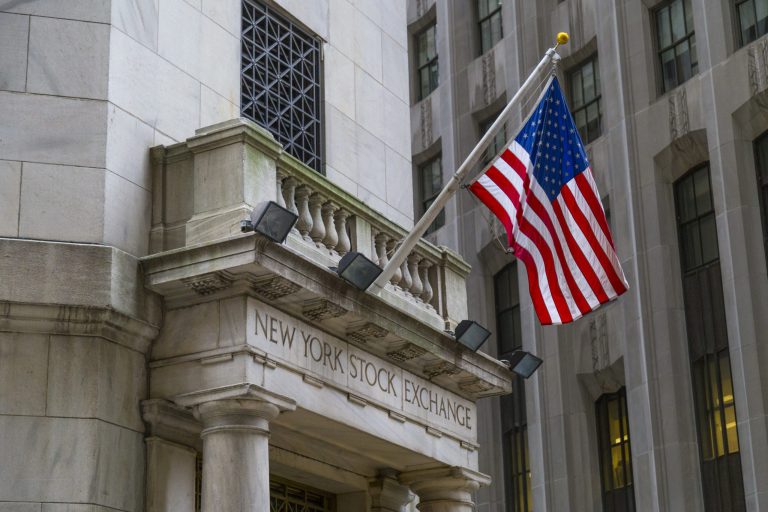Adobe stock price has been in a freefall in the past few years as it continued to underperform the broader stock market. ADBE was trading at $325 today, Dec. 4, down by over 50% from its pandemic highs. Its market cap has dropped from $341 billion at its peak to $138 billion today.
Adobe shares have crashed amid AI fears
Adobe, the creator of products like Photoshop, Illustrator, InDesign, and Premiere, has come under pressure in the past few years as investors have predicted that its business will be disrupted by artificial intelligence (AI) technology.
The view among analysts is that users will be able to use AI tools instead of some of the products offered by Adobe. For example, its now possible for companies and individuals to use AI tools like ChatGPT to create and polish photos instead of Photoshop.
Still, there are signs that these fears are unfounded as the company has continued doing well, experiencing double-digit growth, with most of it being organic.
The most recent results showed that the company’s revenue rose by 10% to $5.99 billion, while its earnings-per-share (EPS) rose to $4.18.
Adobe’s Digital Media business recorded a revenue of $4.46 billion, up by 11%, with its AAR soaring to $18.59 billion. Similarly, the Digital Experience Performance revenue rose by 9% to $1.48 billion, with its subscriptions hitting $1.37 billion.
Adobe’s profitability continued to grow in the third quarter, with its net income hitting $1.77 billion. Its profit was much higher than the $1.68 billion it made in the same period last year.
Analysts are still optimistic that Adobe’s business will continue doing well in the coming years. The average estimate among analysts is that the upcoming revenue will come in at $6.1 billion, up by 8.9% from the same period last year.
They also expect the annual report to show that its revenue rose by 10.16% to $23.69 billion. It will then make $25.87 billion in the coming year.
These estimates don’t include SEMRush, which the company acquired recently in a $1.9 billion deal, with the deal expected to close next year.
ADBE is highly undervalued
The ongoing Adobe stock price crash has left behind a company that is severely undervalued. Data compiled by SeekingAlpha shows that it has a forward price-to-earnings (PE) ratio of 19.50, much lower than the sector median of 31.
On a non-GAAP basis, the company has a forward P/E ratio of 15, lower than the sector median of 23.68. Its forward PEG ratio of 1.09 is also lower than the median of 1.70.
The company also has an attractive rule-of-40 metric. Its net income margin is 30%, while the forward revenue growth is 10%, giving it a multiple of 40%. This means that, from a fundamental perspective, the company is a bargain.
Adobe stock price technical analysis
The daily chart shows that the ADBE stock price has crashed in the past few months. It has remained below all moving averages, a sign that bears remain in control.
The stock has formed a falling wedge pattern, which is comprised of two descending and converging trendlines. This pattern is one of the most common bullish reversal signs in technical analysis.
Therefore, the most likely scenario is where the ADBE stock price rebounds, and possibly hit the psychological point at $400, which is about 22% above the current level.
The post Adobe stock is extremely cheap amid AI fears: is it a buy? appeared first on Invezz










